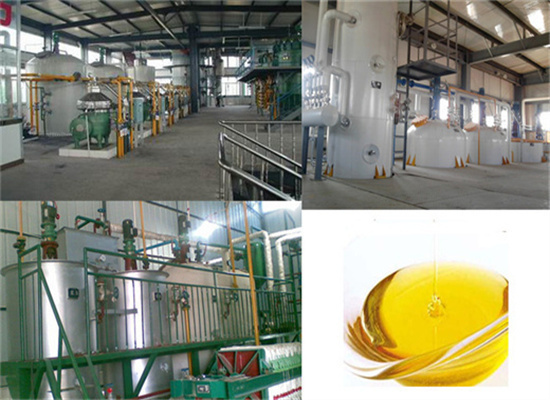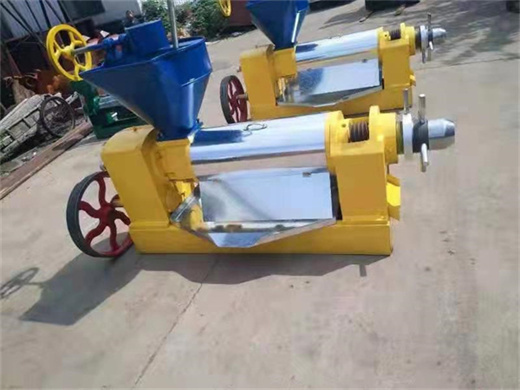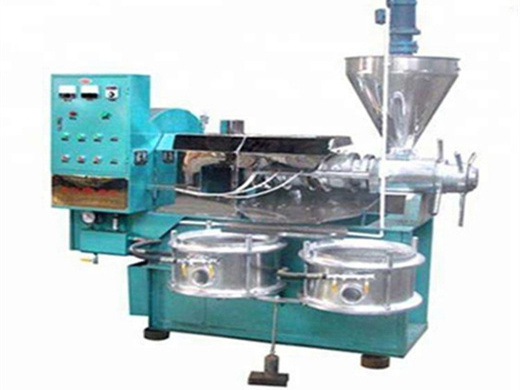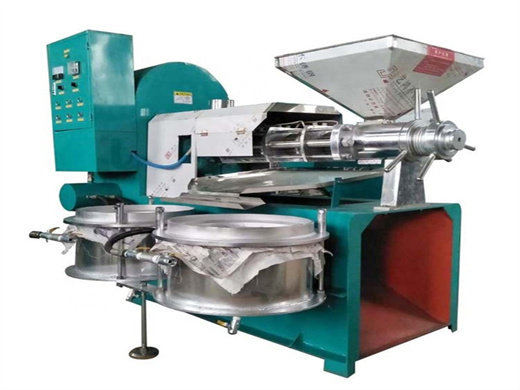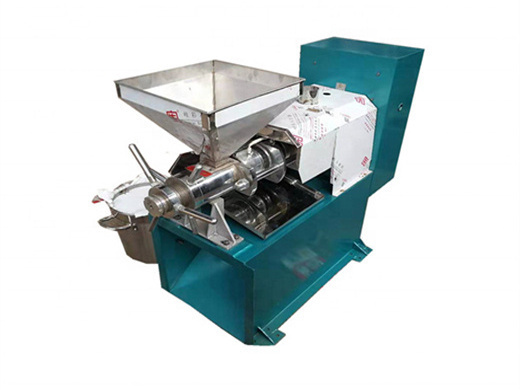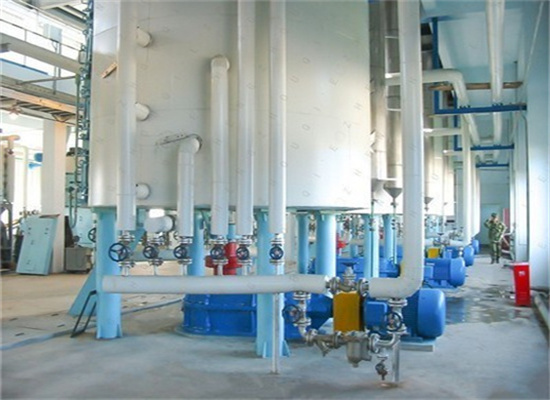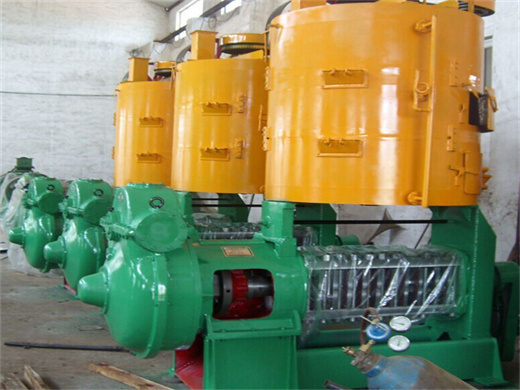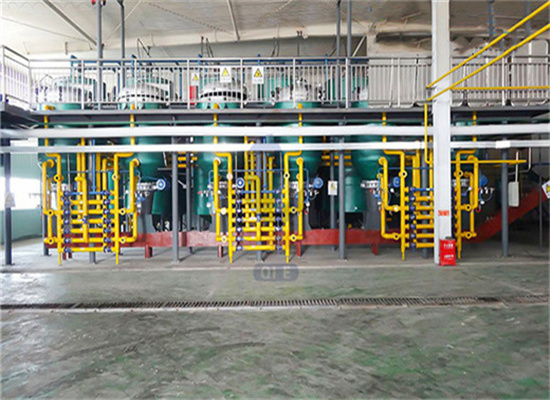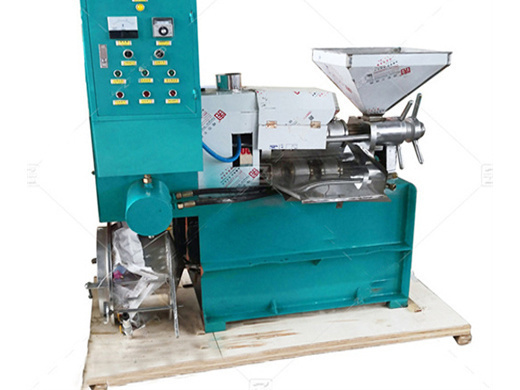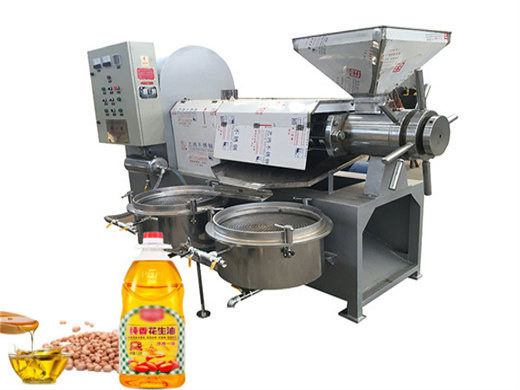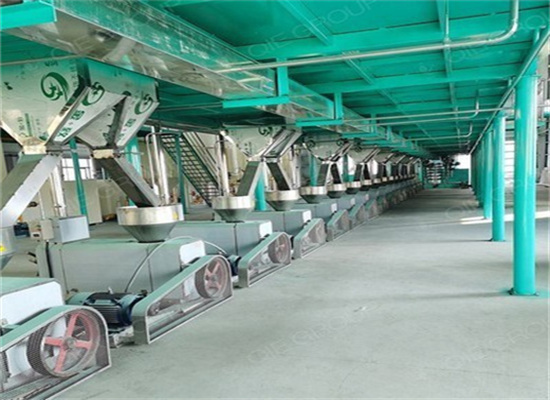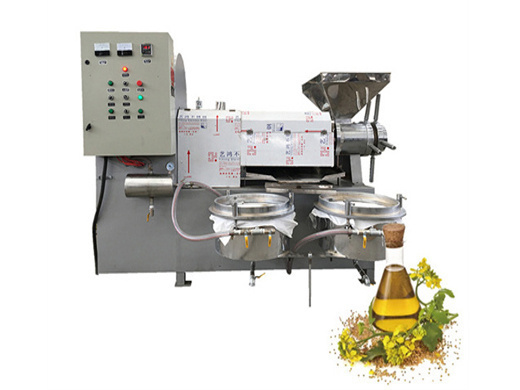ce certification peanut oil clarifier plant in ethiopia
-
Usage: For Peanut oil mill usage
- Type: For Peanut oil mill usage
- Production Capacity: 50-3000TPD
- Model Number: JXSE 473
- Voltage: 380v 440v
- Power(W): As Peanut oil mill output every day
- Dimension(L*W*H): As Peanut oil mill ouput per day
- Weight: Depend on Peanut oil mill output
- Item: Peanut oil mill
- Material: stainless steel
- Application: for all seeds extraction
- Output: as per customer requestment
- Residual oil in meal: less than 1%
- Solvent consumption: less than 2kg/t
- Power consumption: not more than 15KWh/T
- Process of refining: degumming ,decolorization ,deodorization , deacidification ,dewaxing
- Payment: l/c t/t
- Rate of Peanut extraction: about 18 %
V-12. 107. 8544. PVC insulated Cables of rated Voltages up to and including 450/750+ V - Flexible Cables Screened and Unscreened with two or more Conductors. CES 107-2013. Polyvinyl Chloride Insulated Cables Of Rated Voltages Up To And Including 450/750 V-Part 7: Flexible Cables Screened And Unscreened With Two Or More Conductors.
measures typically result in a plant clarifiers being subjected to peak wet-weather conditions more frequently and for longer periods of time (Ekama et. al., 1997).
Feasibility Study for Groundnut Oil Production Business
- Usage: Peanut Oil, Cooking Oil
- Type: Peanut Oil Press Machine
- Production Capacity: 18-20 TPD
- Voltage: 50 HP
- Dimension(L*W*H): 3100-1400-2800
- Weight: 6000 KG
- Warranty of core components: 5 years
- Core Components: Motor, Bearing, Gearbox
- Oil type: Peanut Oil
- Extraction of Oilseeds: Peanut Oil
- MOTOR: 50 HP
- CAPACITY: 20 Tons/Day
- After Warranty Service: Spare parts
- Certification: ISO 9001-2008
This document provides a feasibility study for a proposed groundnut oil production business in Ethiopia. Some key details: - The business would establish a plant with 500 tonnes annual production capacity for groundnut oil and 500 tonnes of expeller cake byproduct. - Total investment is estimated at 10.57 million Birr, with 3 million for plant and machinery. - The project is financially viable
safety of samples collected from different city in Ethiopia (local. and imported edible oil) which is in the rapidly growing Ethiopi-. an edible oil supply-chain. According to the research report
Ethiopian entrepreneur provides a snapshot of his peanut
- Usage: Peanut OIL, Cooking Oil
- Type: Hot Pressing Machine
- Voltage: 220v
- Dimension(L*W*H): 900x750x1400mm
- Weight: 880 KG
- Core Components: Pressure vessel, Bearing
- Oil type: Peanut Oil
- name: Seed oil extraction peanut oil press machine for oilve
- size: 760*1050*1450mm
- Processing Types: Hydraulic
- heating temperature: 70-100
- Maximum working pressure: 60Mpa
- Certification: ISO
Ethiopian entrepreneur provides a snapshot of his peanut butter business. Wow Peanut Butter is an organic peanut butter brand based in Addis Ababa, Ethiopia. Founder Henok Abera answers our questions. 1. How did you come up with the idea for Wow Peanut Butter? After graduating from Hawassa University, I was faced with a lack of work opportunities.
Raw Peanuts. The complete Groundnut oil extraction process can ensure the nutrition, flavor, safety, and fragrance of peanut oil. The different stages of Groundnut oil extraction process mainly composed of cleaning, shelling, grading, crushing, rolling, steaming or cooking, pressing, filtering and refining. Cleaning:
PM Inaugurates Mega Edible Oil Factory – Ethiopian Monitor
- Usage: export shea butter
- Type: export shea butter
- Production Capacity: 10T-3000T/D
- Model Number: export shea butter
- Voltage: 220V/380V/440V
- Power(W): 10-50kw
- Dimension(L*W*H): 1200*400*900mm3
- Weight: According to processing capacity
- Certification: CE ISO BV SGS
- Item: Export shea butter
- Raw material: Peanut Seed
- Steam pressure: ≥1.2MPa
- Voltatile substance in crude oil: ≤0.3%
- Steam consumption in refining: ≤280kg/ton of oil
- Oil residue in waste clay: ≤25% of waste clay
- Solvent contain in crude oil: ≤200ppm
- Oil residue in meal: <1%
- Warranty: 2years
- Feature: High Oil Yield Efficiency
Officials expect the plant – which incorporates five factories that process sesame, animal feed and soap, detergent and other products – to meet 60pct of the local edible oil demand. Ethiopian businessman Belayneh Kinde invested at least 4.5bln Birr in the factory with a production capacity of 1,500 tons of Palm Oil a day.
Disclaimer. Peanut.NET is an internet based electronic service offered by APEDA to the stakeholders for facilitating testing and certification of Peanut for export from India with the standards identified by Indian Institute of Integrative Medicine (Jammu) on the basis of consultation with the exporters.
Coagulants and Flocculants for Water Treatment | Veolia WTS
- Model Number:LBT01T Temperature control
- Type: Spiral Sunfower Oil Press
- Application: Peanut, SoyaPeanut Seed, Grape Seeds
- Voltage: 220V
- Appearance: Horizontal
- Press Materials: Peanut, SoyaPeanut Seed, Grape Seeds
- Press Series: First
- Warranty: 12 Months
- Product Name: Small Oil Pressing Machine
- Material: Stainless Steel
- Color: Silver
- Raw material: Peanut Seed
- Certification: ISO,Ce
- Function: Making Edible Oil
- Automatic Grade: Automatic
- Weight: 11kg
- Transport Package: by Express
- Specification: 540*250*360mm
- Production Capacity: 10000
During influent water and effluent wastewater treatment, clarification aids like coagulants and flocculants help remove suspended solids, including oil, organics (TOC and color) and hardness. In turn, this allows our customers to prepare their influent raw water for efficient use as process water, meet wastewater discharge regulations reliably
Ethiopia is loca ted in the Horn of Africa between 3 and 15° northing, latitude, and 33 and 48° easting, longitud e, and is also comprised of nine national r egional states and two administrativ
- What oilseeds are used in Ethiopia?
- Nine oilseeds namely noug, gomenzer, linseed, soybean, sunflower, castor, sesame, ground nut and cotton are important in Ethiopia for edible oil consumption. During the last 60 years, 156 varieties with their production practices were registered. Sesame contributes significantly to the foreign currency earnings next to coffee.
- How can edible oil meet the national demand?
- In the short term, sufficient amount of edible oil to meet the national demand can come from maximizing sesame export and production of sunflower, groundnut and soybean as raw material for local industries. In the long term, oil palm production is indispensable to feed the ever-growing population.
- What is edible oil self-sufficiency?
- In the long term, oil palm production is indispensable to feed the ever-growing population. Therefore, the ultimate solution for edible oil self-sufficiency for most customers can only come from the high-yielding perennial oil palm with high yield and less production cost.
- Where is edible oil grown?
- Despite the revenue from export, 90% of the national demand of edible oil is imported. Among oilseeds, groundnut, sunflower and soybean are the choice of cultivation both in high rainfall Western lowlands and irrigated areas of Awash, Omo and Wabe Shebelle and Dawa Genale valleys.
